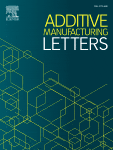
Catalyzed frontal polymerization-aided 3D printing of epoxy thermosets
Frontal polymerization is a self-propagating exothermic reaction and provides a rapid and energy-efficient way to manufacture thermosets. A critical issue for frontal polymerization is to concurrently maintain a low frontal temperature and a self-sustained frontal propagation, which significantly depends on the frontal velocity. In this work, carbon nanotubes (CNTs), graphene oxide(GO) and discontinuous carbon fibers (d-CFs) were incorporated into epoxy
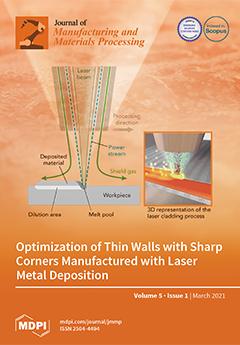
Green Bioprinting with Layer-by-Layer Photo-Crosslinking: A Designed Experimental Investigation on Shape Fidelity and Cell Viability of Printed Constructs
Process variables of bioprinting (including extrusion pressure, nozzle size, and bioink composition) can affect the shape fidelity and cell viability of printed constructs. Reported studies show that increasing extrusion pressure or decreasing nozzle size would decrease cell viability in printed constructs. However, a smaller nozzle size is often necessary for printing constructs of higher shape fidelity, and a higher extrusion
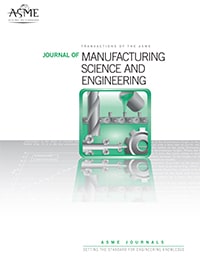
Applying Layer-by-Layer Photo-Crosslinking in Green Bioprinting: Shape Fidelity and Cell Viability of Printed Hydrogel Constructs Containing Algae Cells
Three-dimensional printing of hydrogel constructs containing algae cells, also known as green bioprinting, has many potential applications. Its feasibility has been demonstrated for removing metal contaminants in water and tissue engineering. However, in reported studies on green bioprinting so far, shape fidelity was either not investigated or poor. This paper reports a study to apply layer-by-layer photo-crosslinking in extrusion-based 3D

3D-printed implantable devices with biodegradable rate-controlling membrane for sustained delivery of hydrophobic drugs
Implantable drug delivery systems offer an alternative for the treatments of long-term conditions (i.e. schizophrenia, HIV, or Parkinson’s disease among many others). The objective of the present work was to formulate implantable devices loaded with the model hydrophobic drug olanzapine (OLZ) using robocasting 3D-printing combined with a pre-formed rate controlling membrane. OLZ was selected as a model molecule due to

Continuous fiber extruder for desktop 3D printers toward long fiber embedded hydrogel 3D printing
Recent advances in Freeform Reversible Embedding of Suspended Hydrogels (FRESH), a technique that is compatible with most open-source desktop 3D printers, has enabled the fabrication of complex 3D structures using a wide range of natural and synthetic hydrogels, whose mechanical properties can be modified by embedding long fibers into printed hydrogels. However, fiber extruders dedicated for this application are not
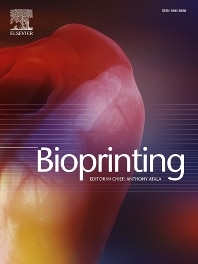
3D and 4D additive manufacturing techniques for vascular-like structures – A review
The critical shortage in organ donors is a problem facing patients and health care systems worldwide. The most promising solution to this crisis is the artificial production of organs and tissues, known as tissue engineering. Significant advances in this field have led to the commercial production of artificial skin and cartilage, but limitations remain in the production of thicker tissues
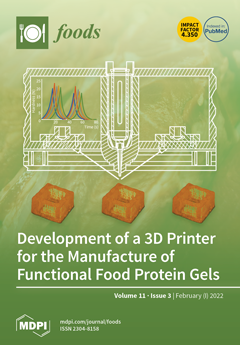
Fabrication of Porous Spherical Beads from Corn Starch by Using a 3D Food Printing System
This study introduces a 3D food printing approach to fabricate spherical starch beads with small sizes and high porosity for the first time. The results illustrated that 3D food printing could generate starch beads in different sizes depending on the nozzle diameter, printing pressure, and ink viscosity. The 3D-printed beads were characterized for their morphology, crystallinity, and textural properties, while

Development and in vitro investigation of a biodegradable mesh for the treatment of stress urinary incontinence
The use of polypropylene (PP) mesh for stress urinary incontinence (SUI) surgery has declined because of safety concerns. The aim of this study is to evaluate a biodegradable polycaprolactone (PCL) mesh and a PCL composite mesh tissue engineered with human uterine fibroblasts (HUFs) for SUI surgery by comparing mechanical properties and in vitro biocompatibility to commercially available PP and porcine
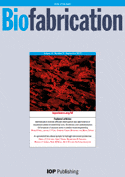
A multifunctional micropore-forming bioink with enhanced anti-bacterial and anti-inflammatory properties
Three-dimensional (3D) bioprinting has emerged as an enabling tool for various biomedical applications, such as tissue regeneration and tissue model engineering. To this end, the development of bioinks with multiple functions plays a crucial role in the applications of 3D bioprinting technologies. In this study, we propose a new bioink based on two immiscible aqueous phases of gelatin methacryloyl (GelMA)
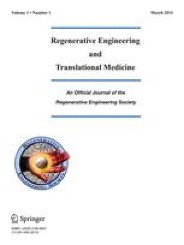
Biosurfactant-Stabilized Micropore-Forming GelMA Inks Enable Improved Usability for 3D Printing Applications
Three-dimensional (3D) bioprinting offers great potentials in rebuilding tissue mimics through engineering cell-laden constructs. Recently, the unique ability of a new type of micropore-forming bioink developed by us, containing two immiscible aqueous phases of gelatin methacryloyl (GelMA) and poly(ethylene oxide) (PEO), has become attractive since it promotes cellular behaviors. Nevertheless, this initial version of our two-phase aqueous emulsion bioink is
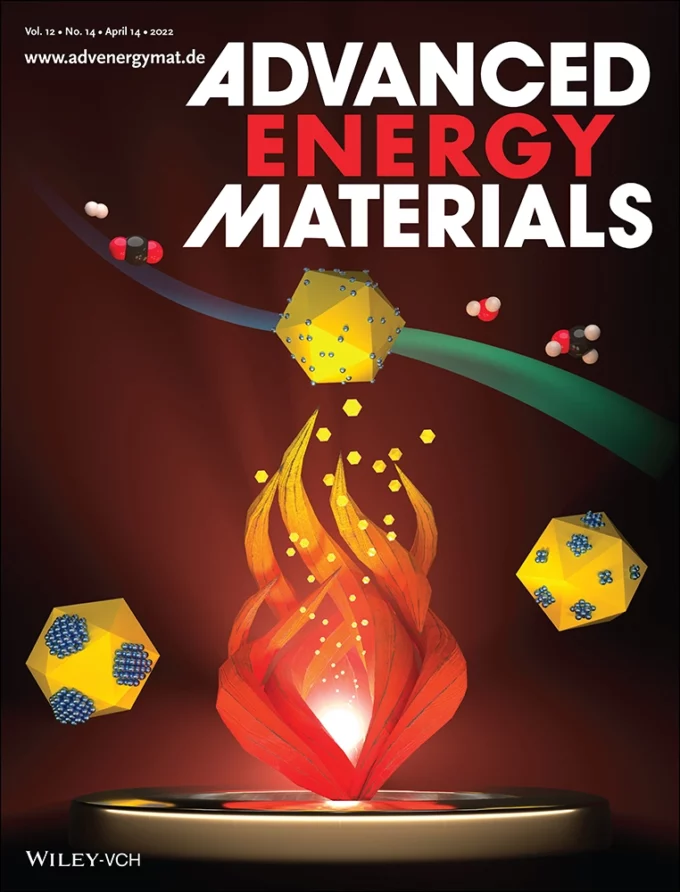
Directional Freezing Assisted 3D Printing to Solve a Flexible Battery Dilemma: Ultrahigh Energy/Power Density and Uncompromised Mechanical Compliance
Flexible lithium-ion batteries (LIBs) have been in the spotlight with the booming development of flexible/wearable electronics. However, the dilemma of simultaneously balancing excellent energy density with mechanical compliance in flexible electrodes impedes their practical applications. Here, for the first time, a directional freezing assisted 3D printing strategy is proposed to construct flexible, compressible, and ultrahigh energy/power density LIBs. Cellulose nanofibers
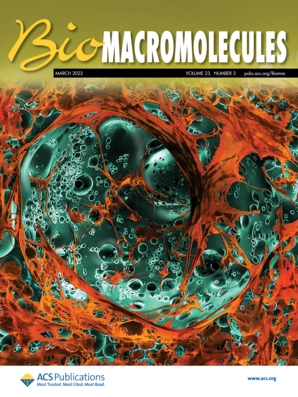
Viscoelastic Chondroitin Sulfate and Hyaluronic Acid Double-Network Hydrogels with Reversible Cross-Links
Viscoelastic hydrogels are gaining interest as they possess necessary requirements for bioprinting and injectability. By means of reversible, dynamic covalent bonds, it is possible to achieve features that recapitulate the dynamic character of the extracellular matrix. Dually cross-linked and double-network (DN) hydrogels seem to be ideal for the design of novel biomaterials and bioinks, as a wide range of properties
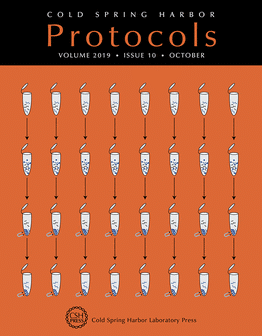
Bio-inspired artificial printed bioelectronic cardio-3D-cellular constructs
Bioelectronics is a growing field where novel smart materials are required to interface biology with electronic components. Conductive hydrogels have recently emerged as a promising material for biosensing/actuating applications as they can provide a wet, nanostructured and electrically conductive environment, minimising the mismatch between biological and electronic systems. In this work, we propose a strategy to develop conductive bioinks compatible

Additive manufacturing of cartilage-mimetic scaffolds as off-the-shelf implants for joint regeneration
Biomimetic scaffolds that provide a tissue-specific environment to cells are particularly promising for tissue engineering and regenerative medicine applications. The goal of this study was to integrate emerging additive manufacturing and biomaterial design strategies to produce articular cartilage (AC) mimetic scaffolds that could be used as ‘off-the-shelf’ implants for joint regeneration. To this end alginate sulfate, a sulfated glycosaminoglycan (sGAG)
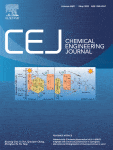
Repair of infected bone defect with Clindamycin-Tetrahedral DNA nanostructure Complex-loaded 3D bioprinted hybrid scaffold
Infection of bone defects is a common clinical problem that negatively impacts bone repair and may result in the development of antibiotic resistance due to the long-term use of antibiotics. To the best of our knowledge, integrating tetrahedral DNA nanostructure (TDN) drug delivery with 3D bioprinting has not been reported to treat infected bone defects. However, numerous studies have focused
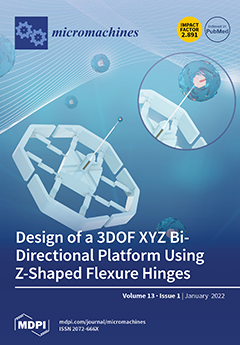
3D Culture Platform for Enabling Large-Scale Imaging and Control of Cell Distribution into Complex Shapes by Combining 3D Printing with a Cube Device
While organoid differentiation protocols have been widely developed, local control of initial cell seeding position and imaging of large-scale organoid samples with high resolution remain challenging. 3D bioprinting is an effective method to achieve control of cell positioning, but existing methods mainly rely on the use of synthetic hydrogels that could compromise the native morphogenesis of organoids. To address this

Silk Protein Composite Bioinks and Their 3D Scaffolds and In Vitro Characterization
This paper describes the use of silk protein, including fibroin and sericin, from an alkaline solution of Ca(OH)2 for the clean degumming of silk, which is neutralized by sulfuric acid to create calcium salt precipitation. The whole sericin (WS) can not only be recycled, but completely degummed silk fibroin (SF) is also obtained in this process. The inner layers of sericin
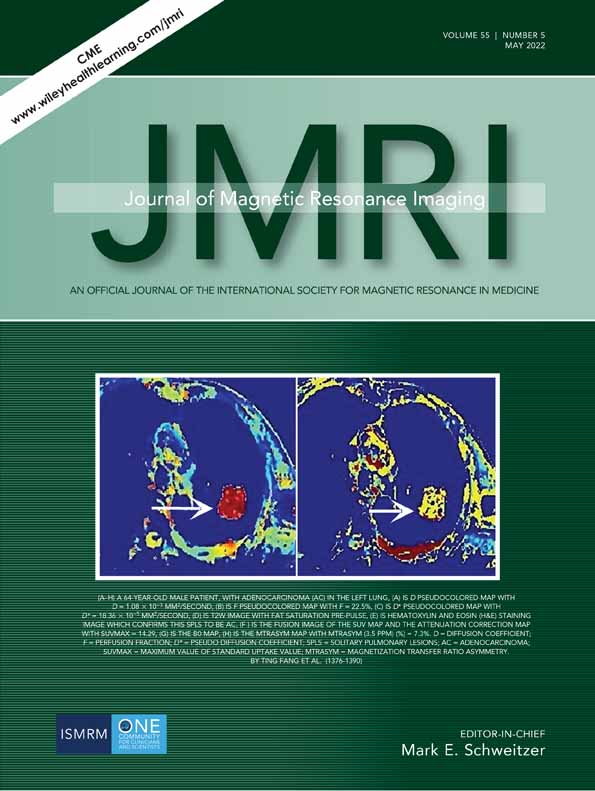
Three-Dimensional Bioprinted MR-Trackable Regenerative Scaffold for Postimplantation Monitoring on T1-Weighted MRI
A three-dimensional (3D) bioprinted tissue scaffold is a promising therapeutic that goes beyond providing physical support for tissue regeneration by enabling precise spatial control over scaffold geometry and integration of different materials/cells. Critically important is in vivo confirmation of correct scaffold placement and retention during the initial 24 hours postimplantation, to detect unwanted implant migration.

Enhancing Precision in Bioprinting Utilizing Fuzzy Systems
Bioprinting facilitates the generation of complex, three-dimensional (3D), cell-based constructs for a variety of applications. Although multiple bioprinting technologies have been developed, extrusion-based systems have become the dominant technology due to the diversity of substrate materials (bioinks) that can be accommodated, either individually or in combination. However, each bioink has unique material properties and extrusion characteristics that limit bioprinting precision,

High-Resolution Extrusion Printing of Ti 3C 2-Based Inks for Wearable Human Motion Monitoring and Electromagnetic Interference Shielding
This work addresses two major challenges of MXene-based printing; that is, its low printing resolution (i.e., filament spreading > 120%) and its inability to create structures with simultaneously high electrical conductivity and mechanical flexibility. We first report high-resolution extrusion printing of Ti3C2 and composite Ti3C2/poly(3,4-ethylenedioxythiophene) polystyrene sulfonate (PEDOT:PSS). The printing has a negligible filament spreading (< 25%) and low thickness and